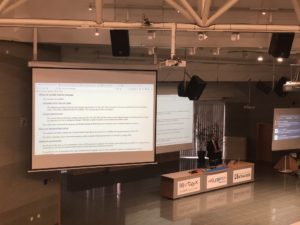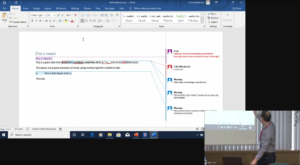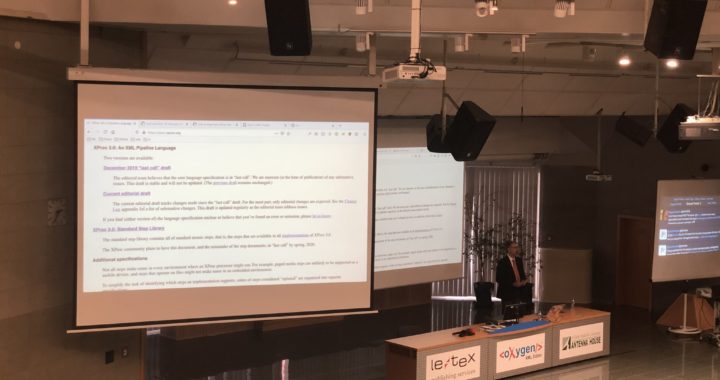Last week I attended the XML Prague conference: 3 days of workshops and presentations about XML technology and tools that are widely used, but mostly invisible.

XML is everywhere: your Word and Excel files contain XML to capture your words and figures. Banks exchange information using XML messages. Electronic invoicing is based on XML. Statistical data is being exchanged with XML. Laws of countries are stored as XML.
In many fields, people need to check the quality of their information. Legal documents require a specific structure and content, technical documentation for airplanes needs to stick to specific rules, books and magazines need to be properly printed. And the feedback needs to be understandable for the domain expert, not for the programmer.
There are many similarities with how we approach improving IATI data via our Validator and implementation support: we’re looking for ways to hide the technology and help you find out how to improve data in your project management or financial systems.
XML Prague was a good place to get up to speed with the latest developments in this area:
- A new version of a “pipeline” tool comes with an updated validation reporting standard that makes it easier to combine feedback from various rulesets and validations.
- We exchanged experiences with other tool builders on how to combine many feedback messages into understandable and actionable advice for a non-technical user.
- There were examples of how to put such quality feedback into for instance a Word document. It looks as if a colleague commented on your draft version.
- There is also ongoing work on a “quick fix” standard, that can offer concrete improvements.

In our work on IATI tools, we try to follow the developments in the XML world, and learn from similar experiences elsewhere. XML may no longer be the shiny and hip technology it once was, but it has become ubiquitous and largely invisible: it has been deeply integrated and mostly hidden in processes to let people do their work.
It’s our vision for IATI as well: embedded in your processes, helping you get better quality data to reach more impact.

